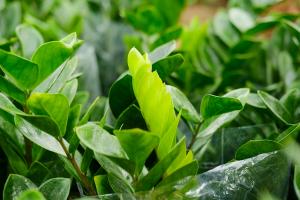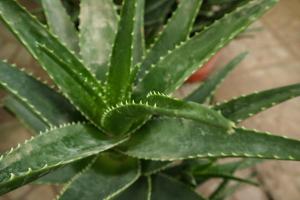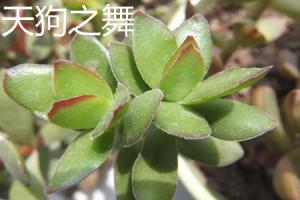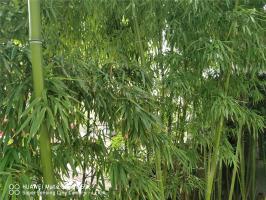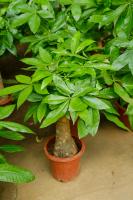What Types of Trees Are Used in Wet Planting Sites?
When it comes to choosing trees for a wet planting site, it's important to consider the environmental conditions and water availability. Wetland areas are characterized by their high water tables and saturated soils, which can make it challenging for tree species to thrive. However, there are a number of tree species that are well-suited to these conditions and can even provide important ecological benefits.
Bald Cypress (Taxodium distichum)
Bald cypress is a deciduous conifer that is particularly well-suited to waterlogged soils. This tree species is a common inhabitant of swamps, bayous, and other wetland areas throughout the southeastern United States. Bald cypress is known for its distinctive buttressed trunk and aerial roots, which allow it to thrive in flooded or saturated soils. In addition to its adaptive qualities, bald cypress is also prized for its unique and attractive foliage, which turns a beautiful bronze color in the fall.
Red Maple (Acer rubrum)
Red maple is a common tree species throughout much of the eastern United States, and it is particularly well-adapted to wet conditions. This tree species is commonly found along stream banks, in swamps, and around wetland areas. Red maple is known for its attractive red flowers that bloom in the spring, as well as its striking fall foliage, which can range from deep red to bright orange. In addition to its ornamental qualities, red maple is also a valuable hardwood species that is commonly used for timber production.
River Birch (Betula nigra)
River birch is a deciduous tree species that is commonly found along riverbanks and in wetland areas throughout much of the eastern United States. This tree species is prized for its attractive peeling bark, as well as its ability to tolerate wet soils. River birch is a fast-growing tree species that can rapidly establish itself in wet planting sites, making it a popular choice for reforestation and restoration projects in wetland areas.
Cottonwood (Populus deltoides)
Cottonwood is a large deciduous tree species that is commonly found in floodplains and along riverbanks throughout much of North America. This tree species is well-suited to wet conditions, and it can tolerate both flooding and drought. Cottonwood is valued for its fast growth rate, as well as its lightweight and easy-to-work wood, which is commonly used for paper production and other industrial applications. In addition to its economic value, cottonwood also provides important ecological benefits, including habitat for many wildlife species.
Conclusion
Choosing the right trees for wet planting sites is key to ensuring the success of restoration, reforestation, and conservation efforts. By selecting tree species that are well-adapted to wet conditions, it is possible to establish healthy and sustainable forests in even the most challenging of environments. While the above-mentioned tree species are just a few examples of wetland-adapted trees, there are many other tree species that can thrive in these conditions. By working with forestry professionals and other experts, it is possible to choose the best tree species for any given site and to create a thriving and diverse forest ecosystem.

 how many times do yo...
how many times do yo... how many planted tre...
how many planted tre... how many pine trees ...
how many pine trees ... how many pecan trees...
how many pecan trees... how many plants comp...
how many plants comp... how many plants can ...
how many plants can ... how many plants and ...
how many plants and ... how many pepper plan...
how many pepper plan...
